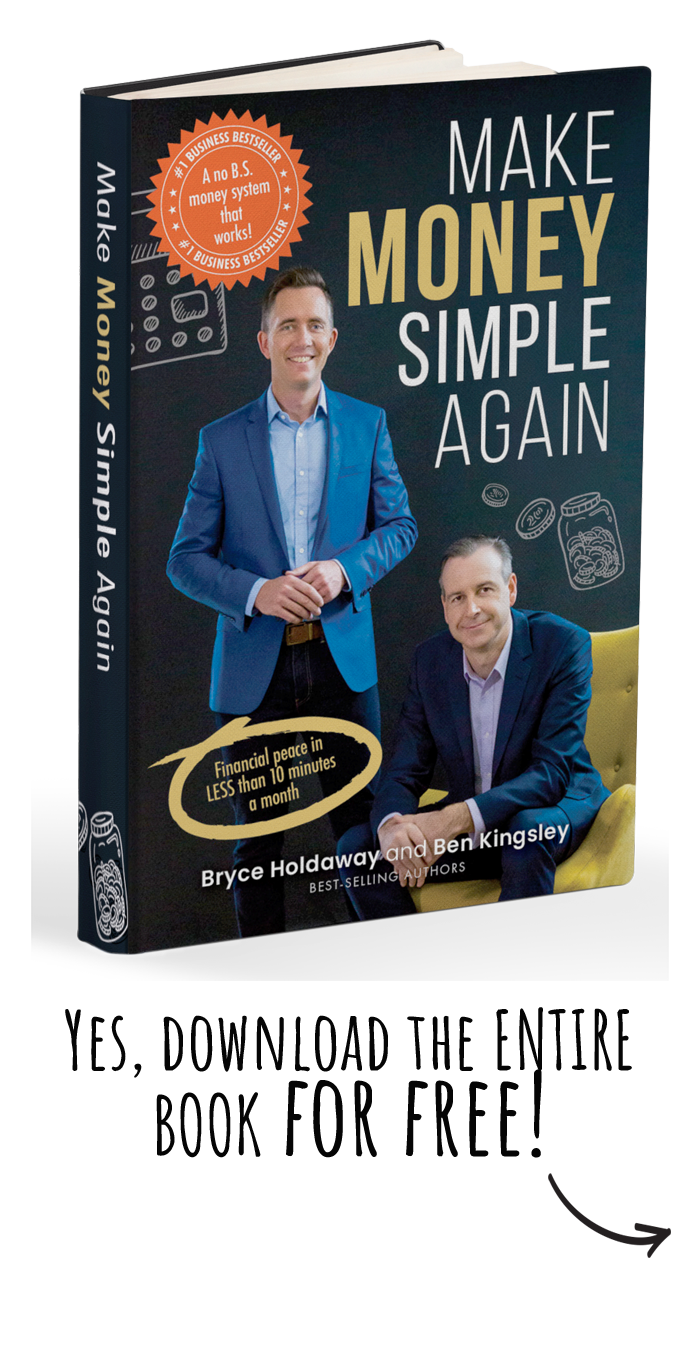Health Problems.
Hazardous Tenants.
Gaining the True Benefit of Hindsight, and…
Starting an accumulation phase when you’re in your 50s?!?
Yep. Today’s story is one downright amazing tale that has a bit of wisdom for every listener out there!
Tune in as we dive into Tom and Crystal’s inspirational tale, kicking off with a very conservative upbringing with life-changing lessons leading up to some harrowing health complications that changed everything.
And of course, we’re covering ALL the steps in their rapid accumulation stage that led them to 7 properties AND a portfolio of $5.54M (Seriously folks, tune in to find out exactly HOW they did it!!) 😉
Plus, we’re answering the evergreen question that ALL investors have faced…
“When is enough, enough?!”
An enduring episode packed with so many practical bits of investing wisdom. Give it a listen now!
Give it a listen now or watch the Episode below!
Free Stuff Mentioned…
- Listen to our earlier Winter Series Guests by clicking here!
Here’s some of the gold we cover…
- 1:12 – Welcome Tom!
- 1:41 – Life-changing lessons…
- 4:53 – The First House He Bought
- 5:45 – Living the life, treading water & nice cars
- 7:35 – How a heart attack and Parkinsons got Tom thinking long-term
- 11:08 – Why Property?
- 13:26 – It’s a 3-decade game folks!
- 15:14 – The true benefit of hindsight
- 16:02 – It will return in spades…
- 17:27 – Post-heart attack purchases
- 20:47 – Tom’s financial position today (phew!!)
- 23:56 – Diversity in spreading the risk
- 25:37 – How he’s navigated difficult tenants 😮
- 27:01 – Turning the horror investment around…
- 30:16 – Tom’s North Star
- 31:49 – The conversations he was having with his Buyers Agents
- 34:31 – What do your instincts say?
- 41:33 – How much liquidity do you really need?
- 43:26 – “It’s kind of like after asking a power lifter advice on how to prepare for a marathon…”
- 45:31 – Buffers & Buying Time
- 47:09 – A perfect lesson about loans…
- 50:13 – From a Landlords Point of View: Increasing Rents
- 53:00 – THIS is why he decided to share his story…
- 54:46 – A gigantic thank you to Tom!
Want to work with Bryce & Ben’s Award-Winning Team?
- a roadmap to $2k per week passive income? >> Start a conversation with our Qualified Property Investment Advisors…
- buying an investment-grade property in an investment-grade suburb? >> Start a conversation with our independent and experienced Buyers Agents…
- set up or review of your borrowing strategy? >> Start a conversation with our Investment Savvy Mortgage Brokers…
- your defence implementation? >> Start a conversation with our Financial Planners…
- maximising your tax refund? >> Start a conversation with our Investment Savvy Tax Accountants…
Get Moorr out of your money.
Log in or create your free account via the Moorr web platform, or download the app on Apple and Android and transform the way you view and track your wealth.

 Subscribe On Itunes
Subscribe On Itunes Subscribe On Android
Subscribe On Android
